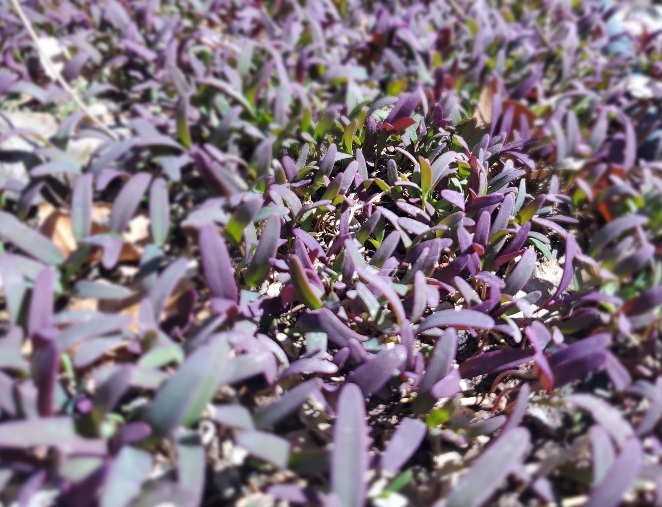these days, i’m super attuned to plants that thrive in my ecosystem.
wild arugula, mustard greens, lamb’s quarters, purslane, and amaranth are but a sampling of the species whose wild intelligence has captivated my attention in recent years. through no effort of my own, they abound in my arid yard. humbly offering their medicine, inviting me to pause and reflect on the source of our sustenance, and how easily we can complicate the experience of eating healthily.

some savvy friends introduced us to orach at the onset of the pandemic, when i was naturally turning to tending our yard and garden more with all that time at home.
it only took a handful of seeds and the rest took care of itself. after harvesting the tender purplish leaves throughout the spring and early summer, several plants quickly took over a patch of the garden, creating a towering stand of flowers that lasted into the fall.
we dubbed this unexpected corner ~ the over 6′ tall orach interspersed with equally enormous cosmos and maximilian ~ the “giant’s bouquet” and left the dried stalks alone through the winter.
clearing out this space last month, i knew we would have another prolific crop with little effort. watering this section produced a tiny forest of sprouts.
in years past, i’d have overlooked the profound gift of any abundance of “weeds” in the name of thinning and prepping the space for the crops i sought to cultivate. but these basically cultivate themselves. we sped the process along, but after a few spring rains they’d have been up in no time on their own.
and sure, we’ll be thinning them over the next few weeks. but instead of going into the compost (or wilting quickly in a pile in the harsh desert sun), those shoots will become a miraculous source of vitamins, minerals and phytonutrients as we add them to salads or as garnish for spring soups.
others i’ll dry, after trimming the roots and washing them. throughout the winter months, instead of buying a jar of expensive supergreens powder, i’ll have a mix of potent immune enhancing green goodness harvested from my own yard.
not all weeds are edible. but you might be surprised how many plants are, that are typically cast aside ~ or worse, sprayed with poison ~ in order to plant other things. i’ve dedicated the last few years to learning what’s going on in my yard, neighborhood, and wild spaces. i tap into the wisdom of harvesting what is abundant and in season, outside of the produce aisle of the grocery store. this is how our species evolved, and it is a practice which we will need to cultivate in order to keep our immune systems robust, flexible and adapted as the years go on.
this practice of opening up to the gifts, the intelligence, the prana, or life-force, of the species that naturally thrive in our ecosystems fortifies our microbiome far more efficiently than looking to the shelves of our grocery stores for solutions to our health problems. the microbes in our soil have much to teach us, much to contribute to our inner landscapes.
the food industry continues to overtake more and more of the earth’s wild spaces with the cultivation of a mere handful of species ~ wheat, corn, soy, not to mention beef. biodiversity on our planet is plummeting with this short-sighted and impossibly unsustainable practice.
as above, so below. when we rely on corn, soy, and wheat, and a handful of vegetables as our main fare, we lose diversity in our own microbiome. we aren’t designed to live this way. We can’t sustain it either. Our immunity requires this complexity, this level of sophistication, within our microscopic inhabitants.
turning to our own yards, our own neighborhoods, learning to value what we’d previously overlooked… tuning into the intelligence of what’s naturally thriving in our environment. the solutions are underfoot. they’re right in front of our noses. they’re peering out at us from the wild spaces, from the cracks in the pavement.
abundance is woven into each level of our being ~ it is our very nature.
every second, around 2 million red blood cells are produced in our bone marrow. red blood cells are the tiniest cells in our bodies. a single prick of blood contains about 5 million of these cells. and each one of them can carry… wait for it… 1 billion molecules of oxygen.
there are over 100 trillion synapses, or connections between neurons, in an adult human’s cerebral cortex alone, never mind what’s in the brain itself… roughly equal to the number of stars in 1500 Milky Way galaxies.
as humans, we are vessels for the same patterns of life that reflects in the starry skies, and in the sprouting of scattered seeds.
this is our task, and our path out of the proverbial woods ~ to be the abundance, the wild intelligence. to let it speak through us.

